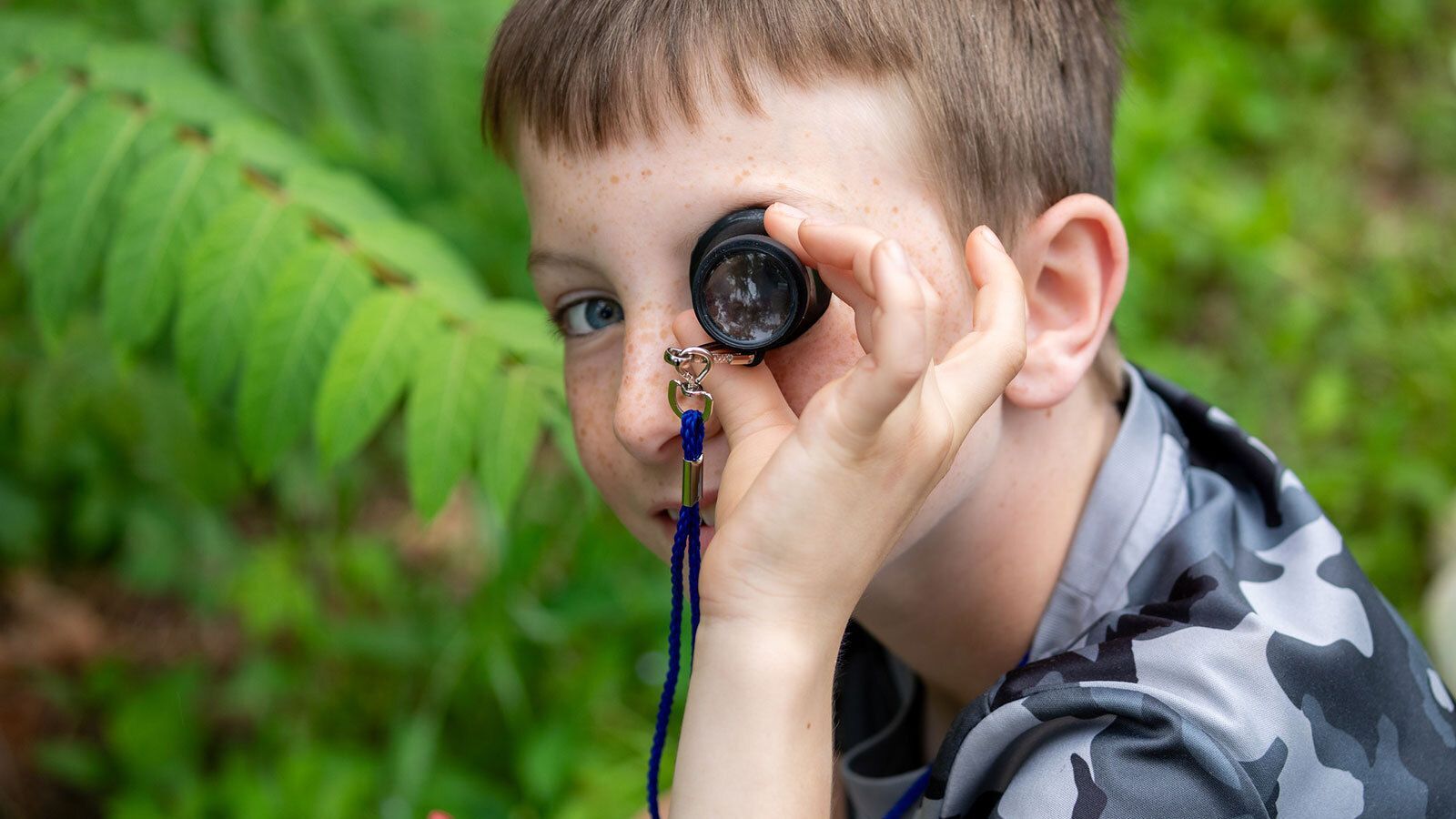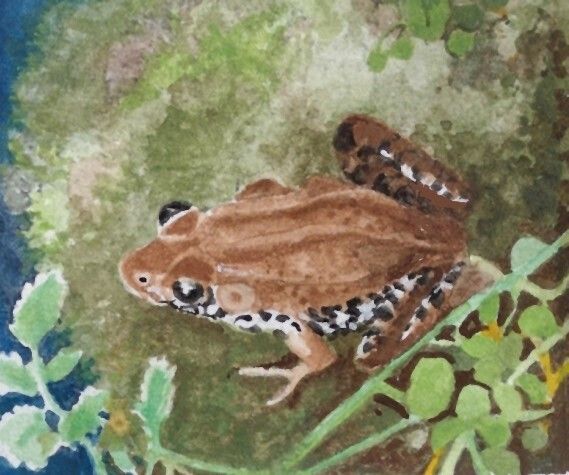Frogs are wonderful, slimy creatures with many cool adaptations and thousands of different species, each with their own unique traits! You’ve probably seen them near water sources outside or hiding in cool, shady places on a sunny day. And you’ve probably heard them outside after its rained, making their fun and unique croaking noises! Now, it’s time to learn a little bit more about the animal behind those sounds.
Do you know what a group of frogs is called? Think of a special word for troops—not a navy, but an army! And what about a group of toads? They’re called a knot! Who comes up with all these names!?
Just How Many Frogs are There?
Just under 5,000 species of frogs exist, with approximately 90 in the US. That’s a lot of frogs!
Most people know of the bullfrog, but what about the pickerel frog? It turns out they live mostly in Eastern states and are the US’s only native poisonous frog. When threatened, they emit a mucus that is irritable to your skin and deadly to some of their predators.
Other Cool Facts
- Frogs are exceptional jumpers, leaping about 10 times their body length. Imagine being able to jump that far—we’d all be superheroes!
- Humans close our eyes when we sleep (at least most of us do), but frogs never close theirs—not even when they’re sleeping.
- They also regularly shed their skin—and eat it. Yum! Talk about recycling!
Are Frogs And Toads The Same?
Is there a difference between a frog and a toad? Yes! Frogs can live both in water and on land, usually starting out as tadpoles before transforming into adults. Most toads, however, spend the majority of their lives on land.
While both are amphibians, the key differences are that frogs have longer legs and slimy skin, while toads have shorter legs and dry, bumpy skin.
Frogs Are in Trouble!
For how many frogs we might see outside, frog populations are considered one of the most threatened groups of animals on our planet!
Their populations are rapidly declining due to habitat loss, disease, climate change, and pollution. Plus, they are over-harvested for the pet trade and consumed by people (have you ever eaten frog legs?).
Sadly, over 120 frog species have become extinct since the 1980s. In our home state of NC, there are only 8–9 populations of the Carolina gopher frog left. Since they are considered indicators of a healthy environment, when they disappear, it means we humans are also in trouble.
How Can We Help?
- Become a better steward of our environment. What does that mean? Pesticides kill frogs, along with a lot of other animals. Because frogs absorb moisture and air through their skin, they are very susceptible to chemicals we use on our lawns, around our house and those we put in our water system. The fewer chemicals you use, the better for the frogs.
- Become a citizen scientist, check out our blog “A Great Time To Be a Citizen Scientist”).
- What are we doing to help? We raise awareness by educating kids about these amazing creatures and raise money for our wildlife education and art programs through sculptures donated by our founder, Dale.


